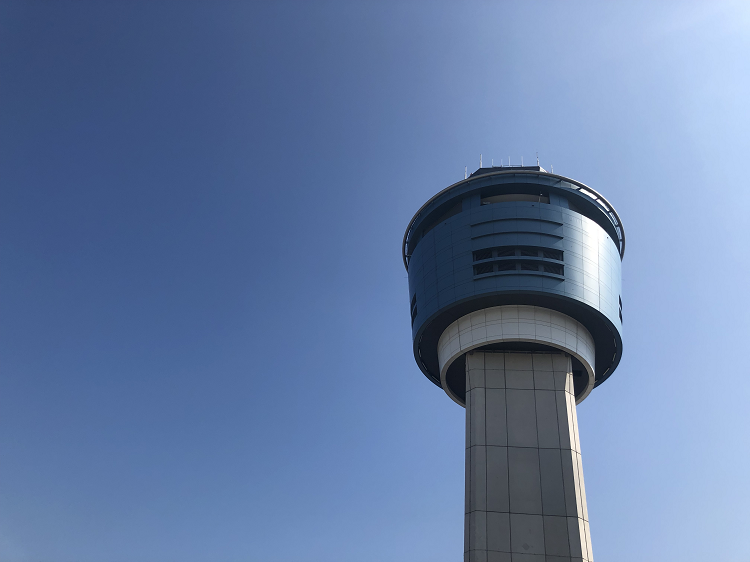LaGuardia International Airport Runway Safety Improvement
Project Description
Paul Carpenter Associates, Inc. (PCA) staff performed a noise analysis as part of a Federal Aviation Administration (FAA) NEPA Environmental Assessment (EA) for runway safety improvements at LaGuardia International Airport. The proposed action included deck extensions of the runway safety areas at the end of runways 4 and 31, reconfiguration of a restricted vehicle service road, and other on-airport public roadways to accommodate the reconfigured service road. Since the proposed improvements did not alter aircraft operational areas, an aircraft noise analysis was not warranted.
Due to the proximity of noise sensitive sites to the work area, PCA performed detailed mobile and stationary source construction noise analyses to investigate impacts from weekday, weeknight and weekend construction of the proposed improvements. Traffic data collection and vehicle classification counts were also performed. In order to identify mobile source construction noise impacts from construction vehicles traveling along temporary haul routes and construction workers accessing the work sites, PCA employed the CEQR Passenger Car Equivalence (PCE) screening methodology detailed within New York City's City Environmental Quality Review (CEQR) Technical Manual. This mobile source screening tool enabled identification of the potential increase in traffic-related noise along haul routes. Since the predicted incremental change in PCEs resulted in an incremental change in noise levels below the human perceptibility threshold of 3 dBA, construction traffic-related impacts were not anticipated.
To identify stationary source construction noise impacts, PCA performed long-term background noise monitoring adjacent to residential neighborhoods and the Elmjack Field. A detailed construction noise analysis, utilizing the FHWA's Roadway Construction Noise Model (RCNM), was performed to predict construction noise levels associated with worst-case construction scenarios for comparison against applicable background noise levels. Due to the prediction of temporary unreasonable noise from construction activity, PCA provided potential mitigation measures to reduce noise within the EA as well as contract specifications that required the contractor to develop a noise mitigation plan.
